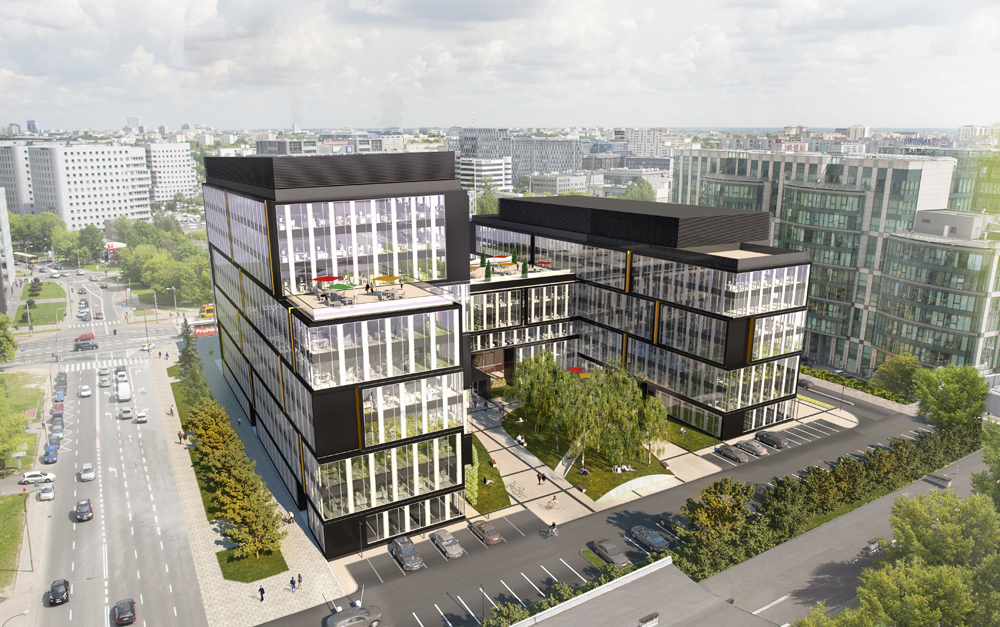DTZ has prepared a new report on financing commercial properties in Poland. Analysts examined 300 land registers for over 100 largest commercial properties in the country.
DTZ’s analysis is the second edition of the report devoted to financing commercial properties, which is based on land registers analysis. Within the previous study, DTZ’s experts’ thoroughly analysed land registers for all A Class office buildings in Warsaw and a vast number of B+ and B class office buildings, which allowed to draw interesting conclusions.
This is the first research of this type, which allows us not only to confirm market trends, but also to look at the properties from landlords and banks perspective. In effect, a number of interesting findings are presented in the report, says Kamila Wykrota, Head of Consulting & Research at DTZ.
The conducted research showed that 40 percent of examined commercial properties are not encumbered with any mortgages. These are mainly properties in the possession of big commercial operators or investment funds with wide investment horizon and low risk profile. These entities have easy access to relatively cheap financing and strive not to take bank loans in view of their policies.
On the other hand, the largest commercial properties in Poland encumbered with a mortgage usually belong to investment funds with higher risk profile and shorter investment horizon.
DTZ’s report also says that loans granted for financing commercial properties are usually at more favorable rates than those granted for financing other type of commercial estate. This stems from lower risk profile of retail properties on the Polish market.
The commercial properties covered by our research, were put into operation over the course of last 20 years. This enabled to see how the size of particular commercial real estate has changed, what formats and locations have received financing over the last few years, adds Marcin Żuchniewicz, author of the report, Associate Director, Consulting & Research at DTZ.
Land registers analysis for particular real estate also enabled to identify properties, which were encumbered with another mortgages over time. These are usually properties in better locations, which have been gradually expanded and in effect could compete with newly emerging shopping malls.
In recent years, there has been an increase in the number of loans granted for financing smaller shopping centers located in regional cities, which are connected with large development dynamics in this subsegment.







